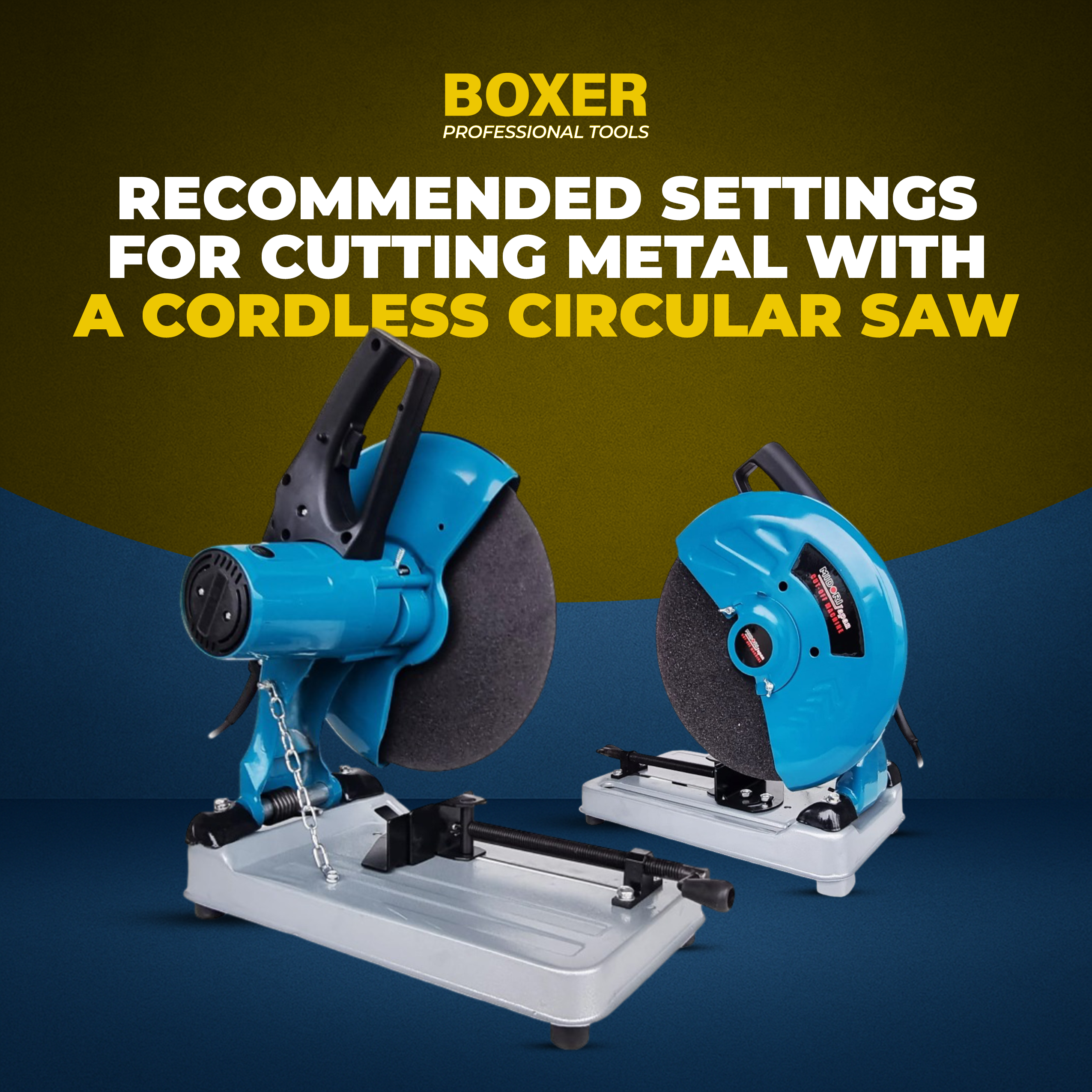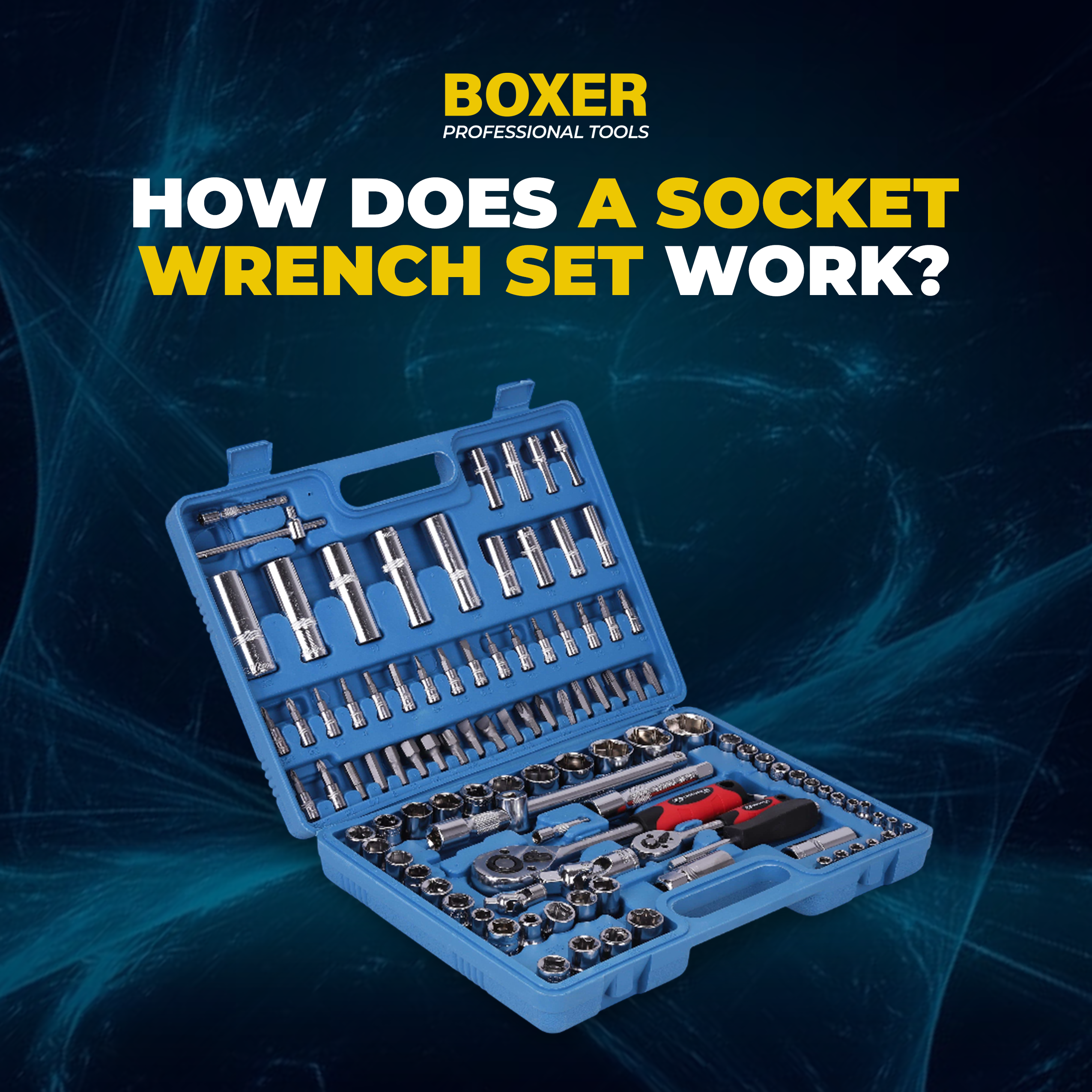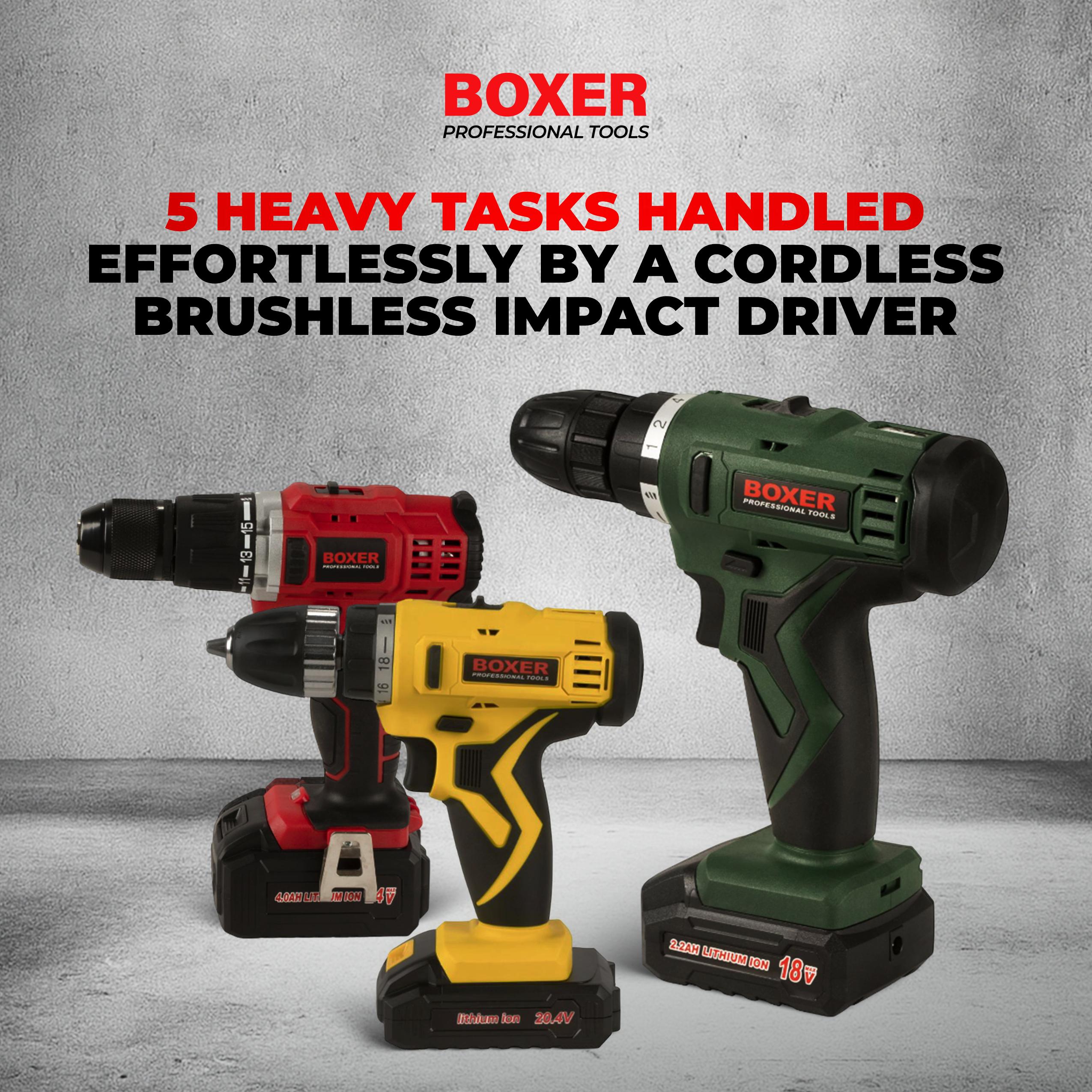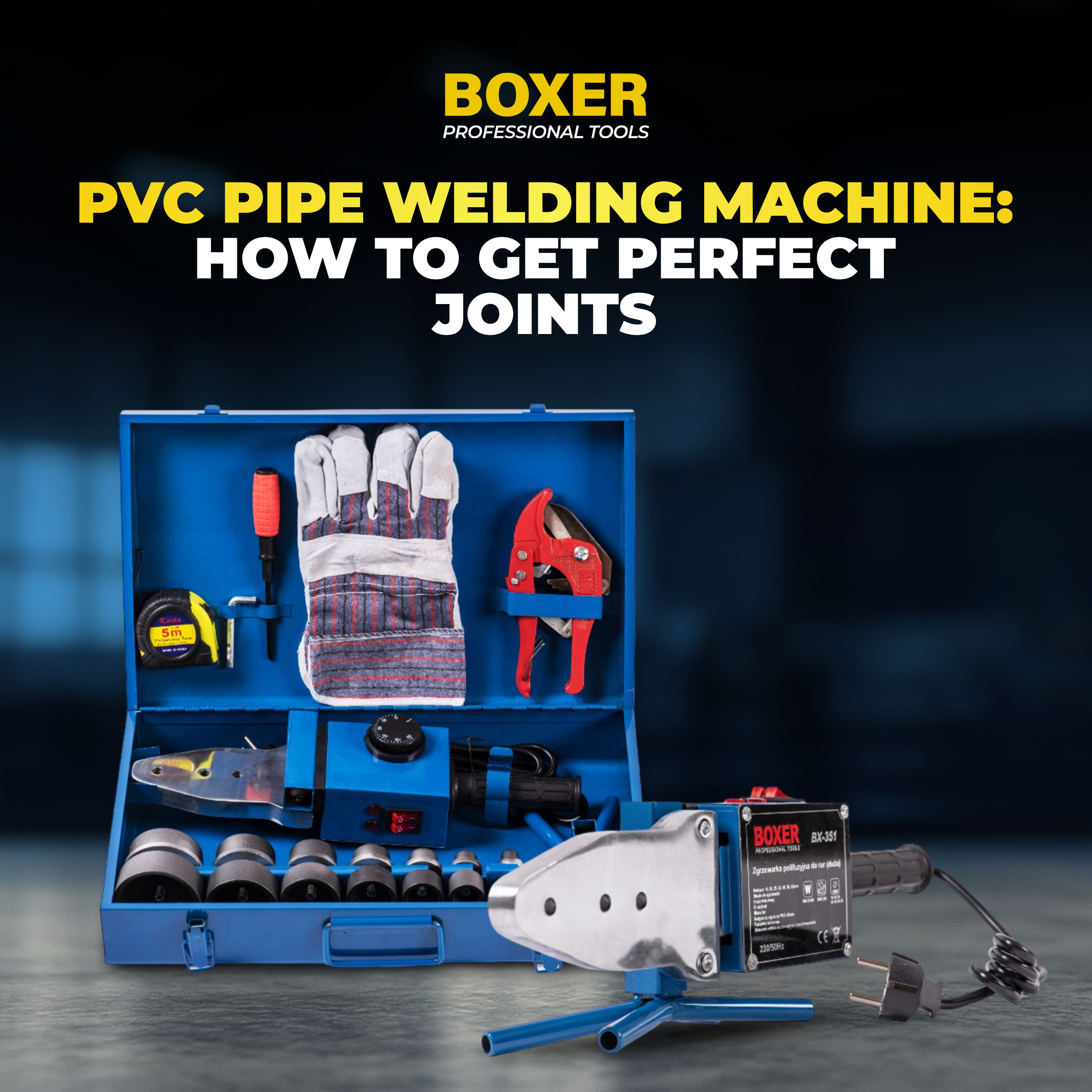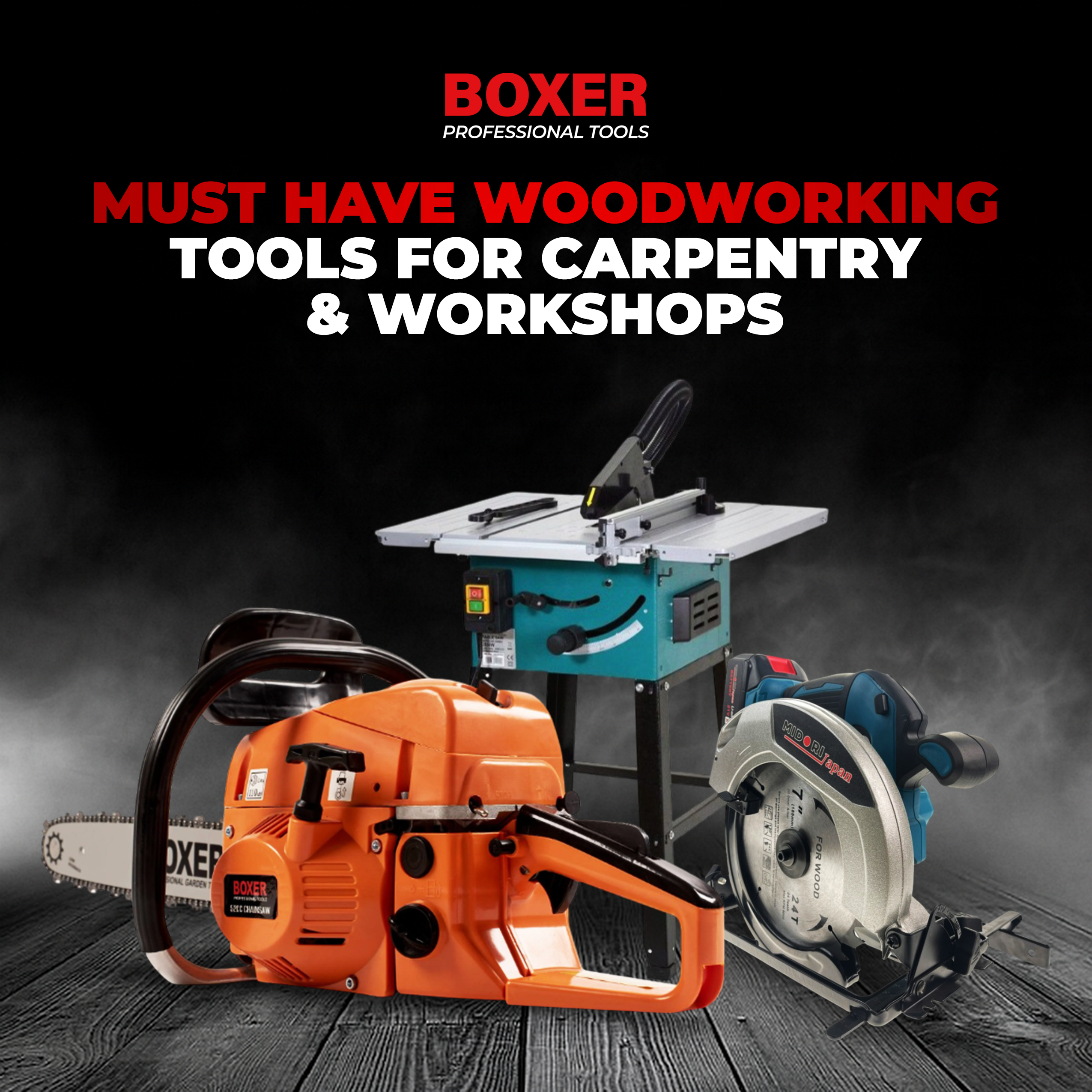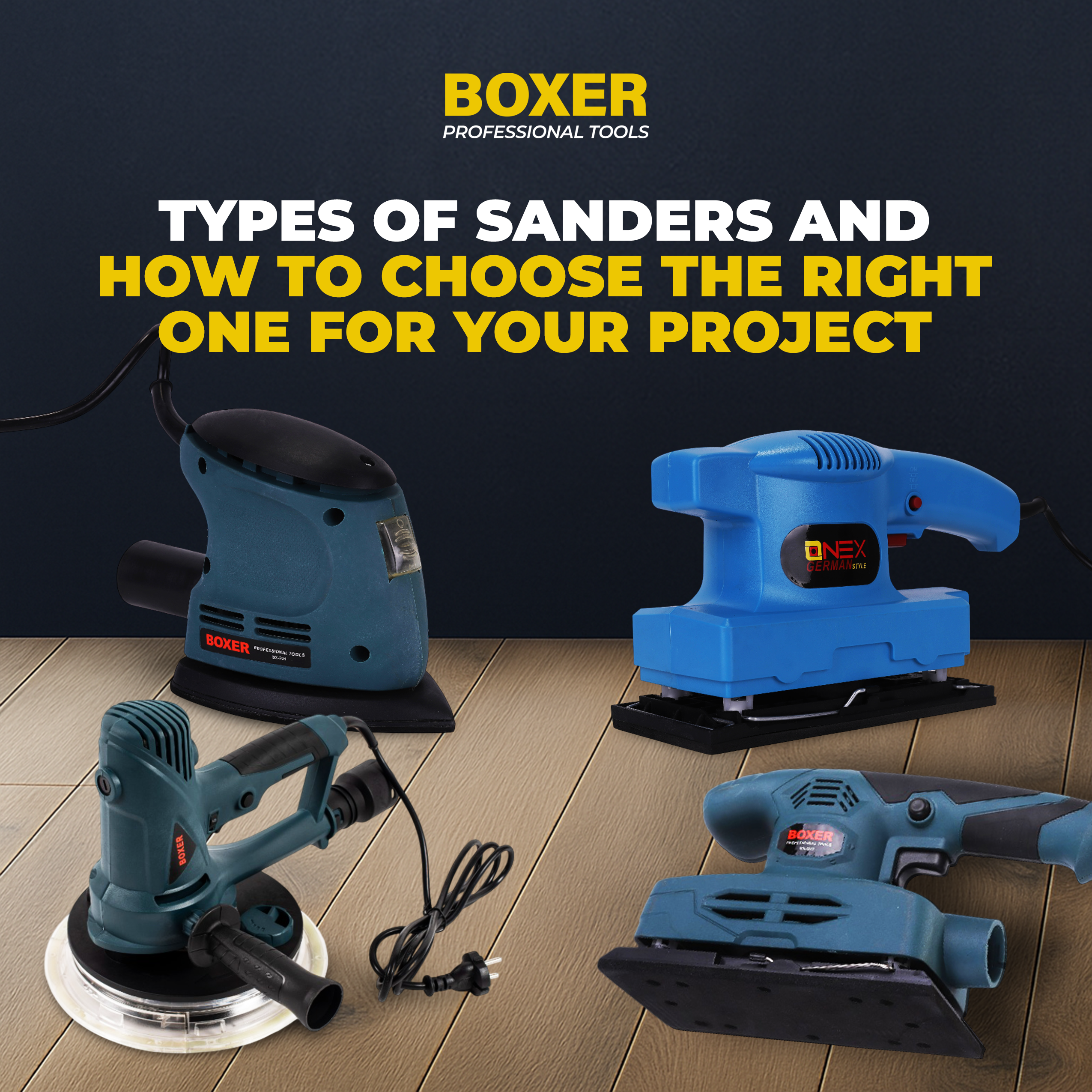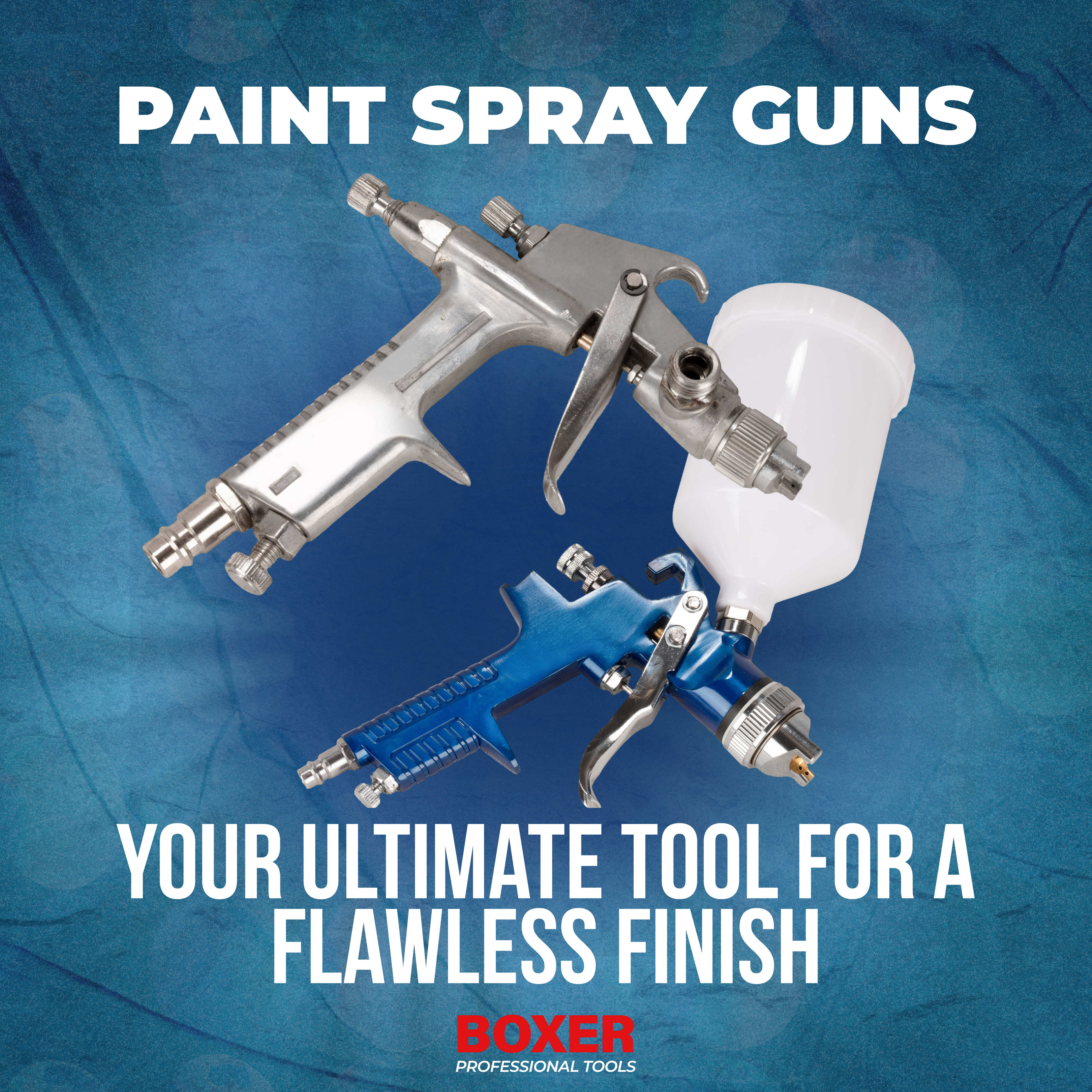
Paint Spray Guns: Your Ultimate Tool for a Flawless Finish
Paint spray guns are versatile tools that can transform your painting projects, delivering a smooth, even, and professional-quality finish. Whether you're a seasoned painter or a DIY enthusiast, understanding the different types of paint spray guns, their key features, and essential tips will help you achieve flawless results.
What is Paint Spray Guns
A paint spray gun is a pneumatic or electric device that atomizes paint into a fine mist, allowing for precise and efficient application. It typically consists of a nozzle, a trigger, a fluid cup or reservoir, and a compressor or battery (for electric models). The paint is drawn from the cup or reservoir, mixed with air, and sprayed onto the surface.
Types of Paint Spray Guns
1. Airless Spray Guns
Airless spray guns use high pressure to force paint through a small nozzle, creating a fine mist without the need for air. They are ideal for large-scale projects and heavy-duty applications due to their speed and efficiency.
2. HVLP (High Volume Low Pressure) Spray Guns
HVLP spray guns use a large volume of air at low pressure to atomize the paint, resulting in less overspray and a more efficient use of paint. They are suitable for a wide range of projects, including furniture, cabinets, and automotive finishes.
4. Airmix Spray Guns
Airmix spray guns combine air and paint, allowing for precise control over the spray pattern. They are versatile and can be used for various applications, from fine finishes to larger projects.
Benefits of Using a Paint Spray Gun
Using a paint spray gun offers several advantages:
- Speed and Efficiency: Paint spray guns significantly reduce application time compared to traditional methods like brushes or rollers.
- Even and Smooth Finish: The fine mist produced by a paint spray gun ensures a consistent and uniform coat, minimizing brush strokes or roller marks.
- Versatility: Paint spray guns can be used on a variety of surfaces, including wood, metal, plastic, and drywall.
- Precise Control: With adjustable settings for air pressure, fluid flow, and spray pattern, you can achieve the desired finish for your project.
Key Features to Consider
When choosing a paint spray gun, consider the following features:
- Nozzle Size: The nozzle size determines the spray pattern and the amount of paint delivered. Smaller nozzles are ideal for fine details, while larger nozzles are better suited for larger areas.
- Paint Cup or Reservoir: The size and type of paint cup or reservoir will influence your workflow and the amount of paint you can apply without refilling.
- Air Pressure: The air pressure regulates the atomization of the paint. Higher pressure typically results in a finer mist, but it can also lead to more overspray.
- Trigger Sensitivity: A sensitive trigger allows for better control over the spray pattern and prevents accidental spraying.
- Weight and Ergonomics: A lightweight and well-balanced gun will reduce fatigue during extended use.
Essential Tips for Achieving a Flawless Finish
- Prepare the Surface: Ensure the surface is clean, smooth, and free of any defects. Prime the surface if necessary to provide a proper base for the paint.
- Thin the Paint: Follow the manufacturer's instructions for thinning the paint to the appropriate viscosity. Thinner paint will flow more easily through the gun and produce a smoother finish.
- Adjust Settings: Experiment with different air pressure and fluid flow settings to find the optimal combination for your project.
- Practice: Before starting your project, practice using the paint spray gun on a test surface to familiarize yourself with the controls and achieve the desired spray pattern.
- Maintain a Consistent Distance: Hold the gun at a consistent distance from the surface to ensure a uniform coat.
- Overlap Coats: Overlap each coat slightly to avoid gaps or streaks.
- Dry Time: Allow sufficient drying time between coats. Refer to the paint manufacturer's instructions for the recommended drying intervals.
- Clean Up: After use, thoroughly clean the paint spray gun to prevent clogging and ensure its longevity.
Additional Considerations
- Safety: Always wear appropriate personal protective equipment, including a respirator, goggles, gloves, and a painting suit.
- Ventilation: Ensure proper ventilation to avoid inhaling paint fumes.
- Maintenance: Regularly clean and maintain your paint spray gun to ensure optimal performance.
A paint spray gun can be a valuable tool for achieving a professional-quality finish on various projects. By understanding the different types of spray guns, their key features, and essential tips for proper use, you can maximize your results and enjoy a smooth, even, and long-lasting paint job. For high-quality paint spray guns and accessories, trust Boxer Tools. Their commitment to excellence and customer satisfaction makes them a reliable choice for both professionals and DIY enthusiasts.
Copyright © 2025 Boxertools | Powered By Orance Media Group


